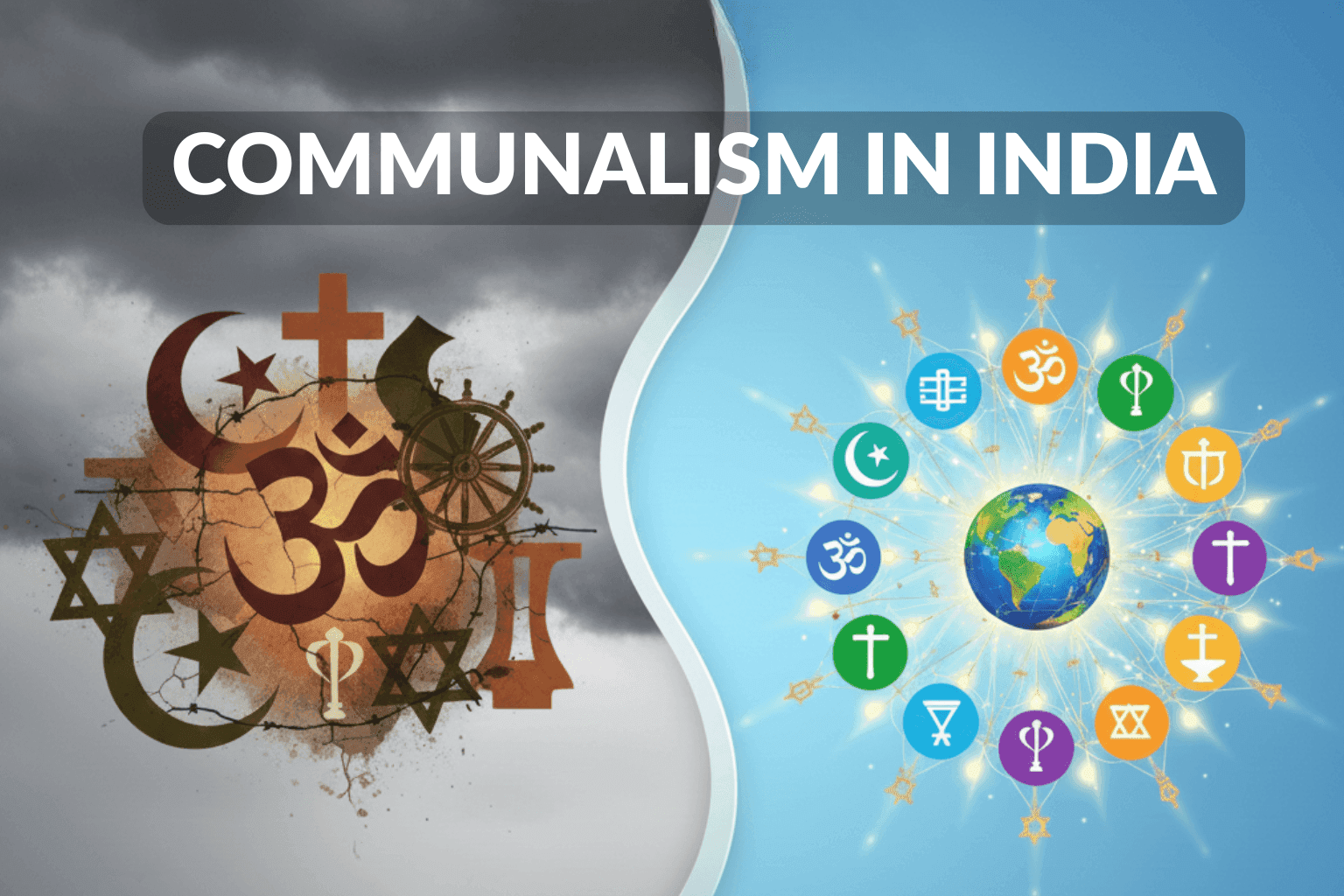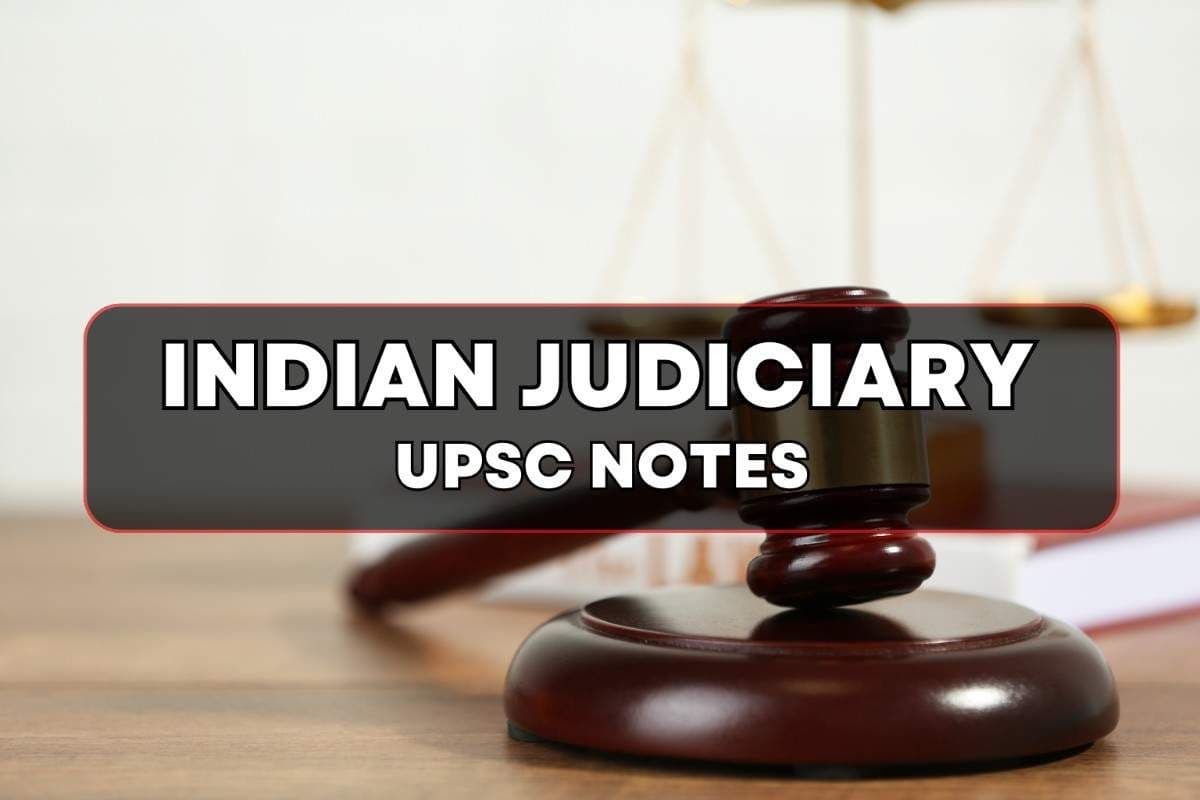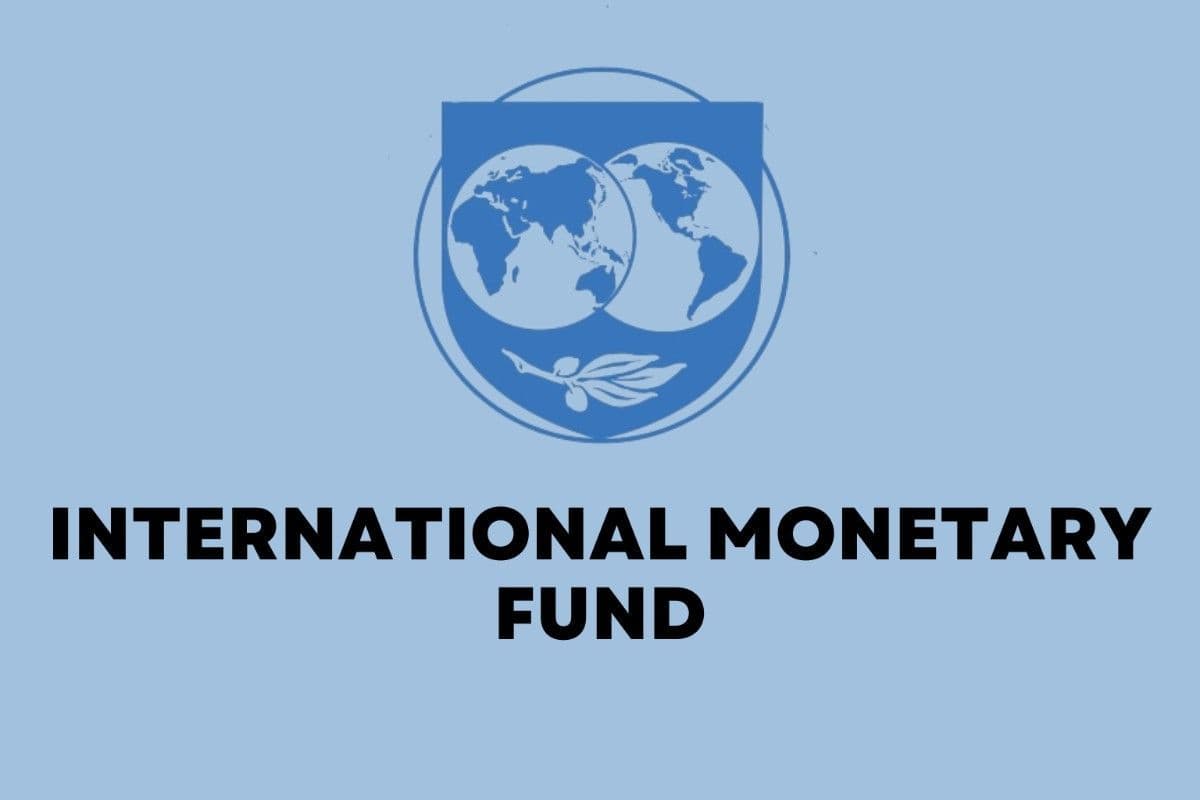Five-Year Plans of India: Complete Notes for UPSC
Oct, 2025
•6 min read
Five-Year Plans were national development programs run by the Government of India from 1951 to 2017. In each plan, the government prepared a roadmap for five years, deciding how money would be earned, spent, and invested to achieve key development goals.
- Total Duration: 66 years (1951-2017)
- Number of Plans: 12 Five-Year Plans were implemented
- Planning Authority: Formulated by the Planning Commission established on March 15, 1950.
- First Chairman: Jawaharlal Nehru
- Inspiration: Based on the Soviet Union's socialist planning model
- Replacement: NITI Aayog replaced the Planning Commission on January 1, 2015.
Objectives of Five-Year Plans in India
The Five-Year Plans were designed with comprehensive socio-economic objectives aimed at transforming India's post-independence economy.
- Economic Growth: Achieve a high growth rate to improve the living standards of citizens.
- Self-Reliance: Develop economic independence and reduce dependence on imports.
- Employment Generation: Create productive employment opportunities for all sections of society.
- Poverty Alleviation: Reduce the population living below the poverty line through targeted programs.
- Social Justice: Ensure equitable distribution of resources and opportunities.
- Regional Balance: Minimise regional disparities in development.
- Economic Stability: Maintain stable market conditions with controlled inflation.
- Infrastructure Development: Build robust physical and social infrastructure.
- Agricultural Development: Achieve food security and rural prosperity.
- Industrial Growth: Promote heavy industries and the manufacturing sector.
All Five-Year Plans of India: 1951 to 2017
India implemented twelve Five-Year Plans, with varying degrees of success, each addressing the specific economic challenges of its respective period.
NITI Aayog: The New Planning Framework
NITI Aayog (National Institution for Transforming India) is the premier policy think tank of the Government of India, established on January 1, 2015, replacing the 65-year-old Planning Commission.
NITI Aayog's New Planning Approach
NITI Aayog replaced the Five-Year Plan system with a more flexible framework:
- 15-Year Vision Document: Long-term strategic vision spanning 2017-18 to 2031-32
- 7-Year Strategy: Medium-term strategic framework
- 3-Year Action Plans: Short-term actionable programs starting from April 1, 2017
This new approach represents a departure from rigid five-year planning to more adaptive and consultative policy formulation.
Also read: NITI Aayog: Composition, Functions, Objectives & Major Initiatives for UPSC Exam
Key Economic Planning Models in India
Various visionary plans and models have shaped India’s journey from colonial rule to a modern economy. Below is an overview of these major economic planning models, each with its distinct objectives and strategies.
1. Bombay Plan:
Introduced in 1944 by a group of leading industrialists, the Bombay Plan sought to modernise agriculture and rapidly build heavy and consumer industries to reduce inflation-induced suffering.
Abolished the zamindari system to restructure land ownership
Prioritised the rapid expansion of essential and consumer goods sectors
Promoted small, medium, and cottage industries for rural employment
Emphasised industrial growth to counteract inflationary pressures
2. Gandhian Plan:
Drafted by Acharya Shriman Narayan Agarwal, this plan championed self-reliant villages as the foundation of India’s economy.
Advocated decentralisation of economic decision-making
Encouraged small-scale and cottage industries in rural areas
Stressed minimal reliance on foreign technology and capital
Prioritised community participation in planning processes
3. People’s Plan:
Formulated by M. N. Roy, the People’s Plan covered a decade of development, balancing farm modernisation with industrial expansion.
Focused on increasing agricultural productivity and food security
Supported concurrent growth in light and heavy industries
Ensured equitable resource allocation between rural and urban sectors
Emphasised state-led investment with people’s oversight
4. Sarvodaya Plan:
Jayaprakash Narayan’s Sarvodaya Plan envisioned grassroots-led development rooted in social justice and self-sufficiency.
Prioritised comprehensive land reforms for equitable ownership.
Promoted small and cottage industries for local livelihoods.
Advocated independence from imported technology.
Called for participatory planning at the village and district levels.
5. Harrod-Domar Model:
Adopted in the First Five-Year Plan (1951–56), this model linked savings and investment to economic expansion.
Highlighted the capital’s role in generating demand by raising national income.
Emphasised supply-side benefits through enhanced production capacity.
Stressed high savings rates to sustain long-term growth.
6. Nehru-Mahalanobis Model:
Central to the Second Five-Year Plan (1956–61), this framework used a two-sector approach to drive rapid industrial growth.
Divided the economy into Consumer Goods and Capital Goods sectors
Prioritised public investment in heavy industries to build core capacity
Aimed for self-reliance through state-led machinery production
7. Rao-Manmohan Model:
Launched in 1991 by P. V. Narasimha Rao and Dr Manmohan Singh, this model transformed India’s economic landscape.
Initiated Liberalisation, Privatisation, and Globalisation (LPG) policies.
Implemented financial sector reforms for banking and capital markets.
Enacted stabilisation measures to resolve the balance-of-payments crisis.
Reduced fiscal deficits through targeted subsidy rationalisation.
8. Amartya Sen Model:
Grounded in the human development paradigm, Professor Amartya Sen’s model redefined development as expanding individual freedoms.
Emphasised capacity building in education and healthcare.
Promoted participatory development to empower communities.
Measured progress through quality-of-life indicators, not just GDP.
Advocated policies that enhance people’s real freedoms and choices.
Way Forward
India’s planning and development approach continues to evolve. Key steps for the future include:
- Strengthen state-centred collaboration for inclusive growth.
- Move away from rigid targets to more adaptable, outcome-based planning.
- Support technology, startups, and sustainable industries.
- Balance economic growth with environmental and social goals.
- Invest in healthcare, education, and connectivity.
- Use it as a platform for evidence-based policy, monitoring, and strategic vision.
This highlights how India can continue building on the legacy of Five-Year Plans while embracing modern, flexible, and sustainable approaches.
Elevate Your UPSC Prep with SuperKalam!
Discover SuperKalam, your Personal Super Mentor for targeted UPSC preparation. Unlock unlimited MCQs, practice mains answers with Instant Mains Answer Evaluation, and real-time performance tracking.
Explore SuperKalam's Resources and set yourself on the path to success!
Crack UPSC with your Personal AI Mentor
An AI-powered ecosystem to learn, practice, and evaluate with discipline
Download Now


